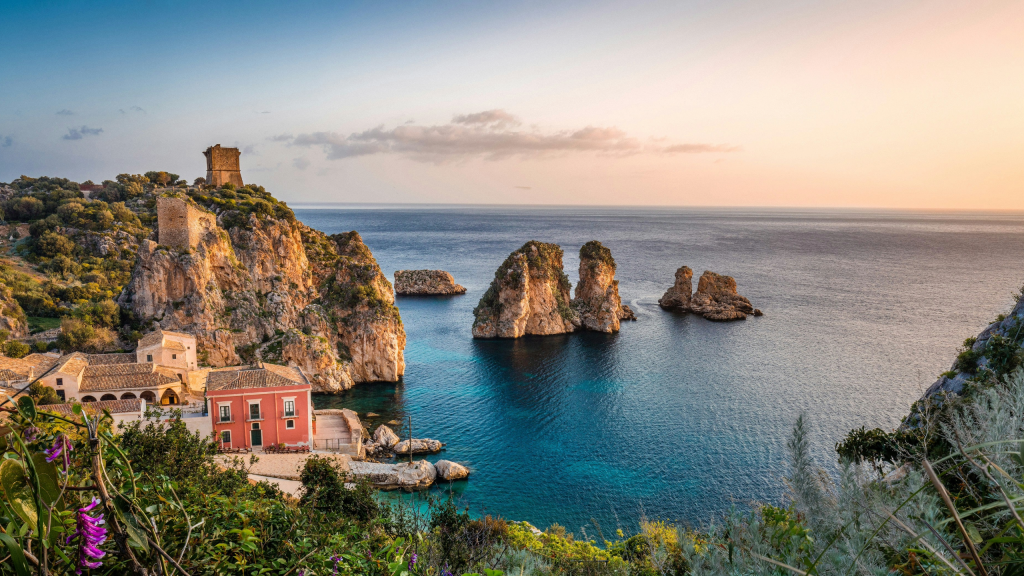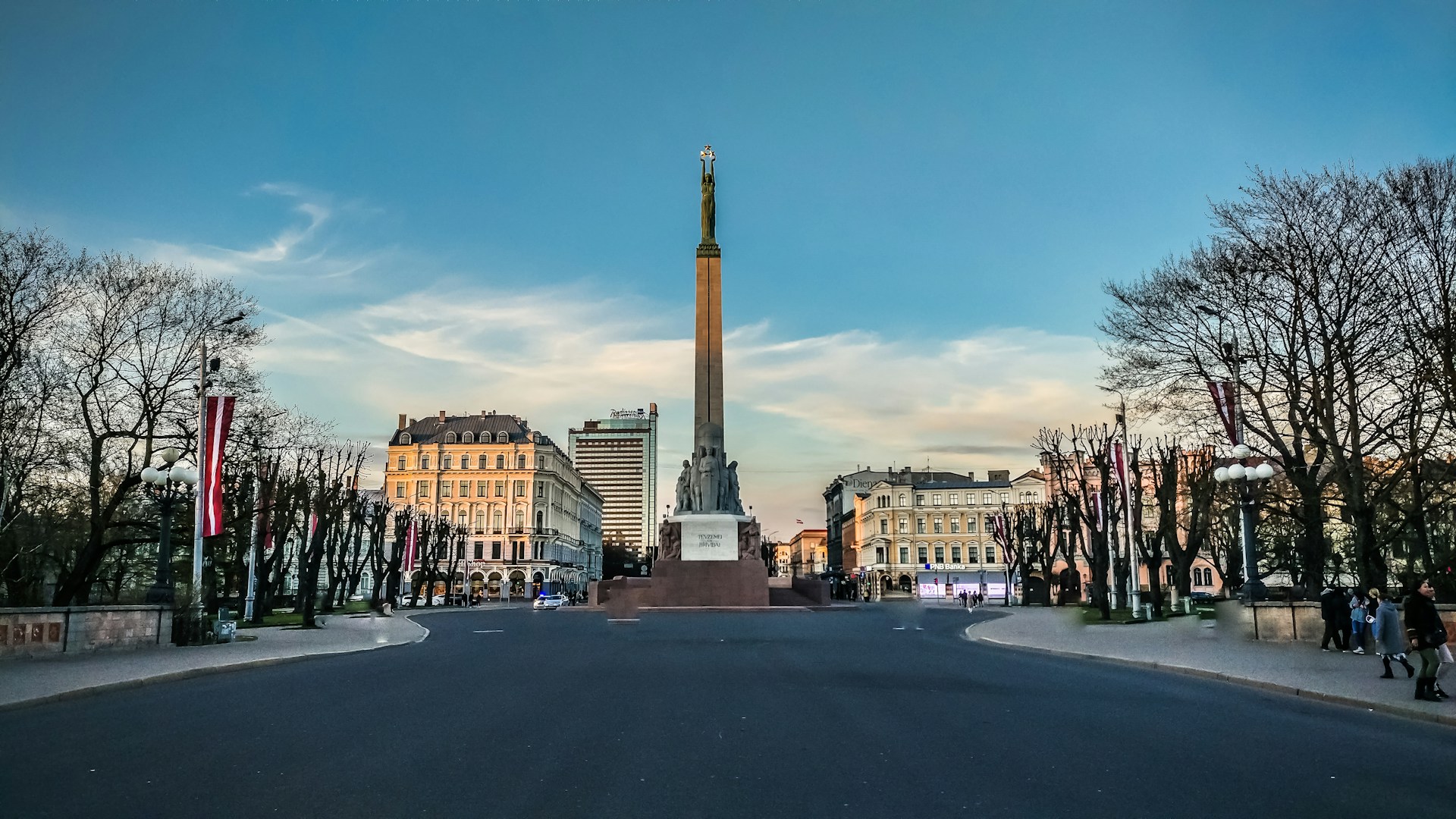The Italian Elective Residence Visa is the perfect choice for those who say, ‘I want to live, not work.’
Why? There is no work requirement, only financial independence.
In other words, you can apply if you have the autonomy to support yourself without a job.
This visa is often called a ‘Retirement Visa’—a name that makes perfect sense once we dive into its requirements and benefits.
In this article, you will find out:
- The requirements for an elective residence visa,
- How it differs from an investment visa,
- The steps involved, and
If this is not for you, you can choose between two different types of visa (the Golden Visa and the Digital Nomad Visa).
So, let’s get straight to the point.
Understanding the Elective Residence Visa
Not everyone has the same living conditions. You may dream of living in another country without working.
First, you must understand what kind of income qualifies you for this visa.
You have a good chance of being accepted if you have a long-term and stable income, such as a pension, property income, and investment dividends.
In fact, this is one reason it is called the retirement visa. It appeals to those who have reached a certain age and want to live on their passive income without working.
But don’t get us wrong, you can also apply as a young person who wants to do this.
Now, let’s discuss the more technical part and the visa requirements.
Eligibility Requirements for Non-EU Citizens
Eligibility requirements for non-EU citizens can be analyzed under different headings such as age, residency considerations, income stability, and financial independence.
Elective residence visa requirements:
Have a passive income of €31,000 per year (income must be outside employment. For example, rental income, investment dividends)
If you are married and traveling with your spouse, you must have an income of €38,000 and provide a marriage certificate.
You need to prove that you have 20% more passive income for each dependent child (you must provide a birth certificate).
Plus, provide proof that you can stay in Italy for an extended period (rental contract, property deed – not an Airbnb reservation).
When submitting your application, obtain a health insurance policy valid in Italy that covers €30,000 per year for all medical expenses.
In addition, write a letter explaining why you want to move to Italy and clarify your intentions.
Things to be aware of:
This visa is valid for applicants who intend to reside permanently in Italy. Please do not apply for short stays. In this context, show that you have a one-way plane ticket at the time of application.
Remember, passive income is the most critical factor in your admission to Italy.
Do not submit hotel room bookings at the time of application. Italian Consulates do not accept evidence of short-term rentals.
Age and Residency Considerations
As we said at the beginning, although the Italy Elective Residency Visa is touted as a ‘retirement visa,’ it is open to all individuals aged 18 and over who are financially independent.
This is the critical part when it comes to residency. Italy only invites people who want to reside permanently with this visa.
In this context, lease agreements and property deeds are critical. Try to submit them in full at the time of application.
Remember, the healthiest way to apply is to provide evidence of a long-term rental contract and, if possible, property title deeds. This way, the Italian government wants to ensure that you will be a long-term resident of the country.
Income Stability and Financial Independence
To qualify for an Italian Elective Residence Visa, you must have a financial income of €32,000. If you are married, this number increases to €38,000.
In addition, if you come as a family, you must have 20% more income per child.
Finally, regardless of your nationality, business income is never considered valid for this visa. You must have passive income to qualify for a visa.
Sources of income recognized by the government:
- Regular pension payments
- Rental income from your properties
- Interest earnings from your savings
- Earnings from equity investments
- All annual payments from investments
Difference Between Elective Residence Visa and Investor Visa
The Elective Residence Visa in Italy and the Investor Visa are two different visa types that are often confused by non-EU citizens.
Citizens may also be unable to predict which visa type would be better for them. You probably need a comparison.
If you are experiencing confusion, we will sort it out now.
- Work permit: It is forbidden to work with an Elective Residence Visa. Free with Investor Visa.
- Source of income: You need a regular passive income for the Elective Residence Visa. For an Investor Visa, you need to deposit a certain amount.
- Mandatory residence: With the Elective Residence Visa, you are expected to live in Italy. The Investor Visa does not have such a requirement.
- Application process: Elective Residence application is made directly to the Italian consulate. For an Investor Visa, you must first obtain a ‘no barrier’ certificate from the Italian Ministry of Economy.
How will you make your decision?
If you do not want to work and have a regular passive income source, an Elective Residence Visa.
If you want to work or plan to take advantage of the benefits by investing, Investor Visa.
Decide which one is more suitable for you!
Application Process Overview
We understand that the application process can be complicated. You may not know which step to take first.
The first step in the application process is to prepare all your documents before you go to the consulate appointment.
Then, fill in the form, print out all the documents, and go to the appointment.
In the next step, we will simplify the process by breaking it down into parts.
Step-by-Step Guide to Application Submission
Follow the steps:
- Make your decision. Should you use an elective residence visa or an investor visa?
- Prepare documents (passport, proof of passive income, rental agreement/evidence of title, criminal record, health insurance)
- Fill out the Elective Residence Visa Application Form.
- Make an appointment at the Italian consulate (online or by telephone number).
- Go to the appointment on time.
- Submit the form and documents to the officials at the consulate in full (photocopy the documents).
- Pay the application fee.
Finally, wait for your application to be finalized.
Processing Times for the Elective Residence Visa
The standard approval period for Italy Elective Residence Visa applications is 90 days. However, processing times may vary depending on the applicant’s special circumstances and the intensity of the consulate.
We recommend that you provide complete, accurate, and non-suspicious information so that your application can be approved quickly.
Also, keep in mind that if the consulate requests a face-to-face interview, the processing time may be slightly longer.
Once your visa is approved, the consulate will call you and tell you to collect it.
Finally, remember that once you arrive in Italy, you must obtain a residence permit within eight days to complete the legal process.
Other Visa Options in Italy
The Elective Residence Visa for Italy is not the only option. Many types of visas come with many advantages that may suit you.
Below, we will briefly introduce the two most popular Italy visas.
Italy Golden Visa
Italy Golden Visa is a very advantageous visa that allows you to live in Italy for 2 to 5 years and allows you to travel freely to the Schengen countries.
Advantages:
- Citizenship application after 10 years
- Special tax deductions
- Traveling with family
- Work permit
- And more…
In 2017, the details of the program created to encourage foreign investors can be found in our article ‘Italy Golden Visa: The Ultimate Guide,’ which you can read in detail in our article.
Italy Digital Nomad Visa
Are you working remotely, or are you a freelancer? Then, the Italy Digital Nomad Visa may be just what you are looking for.
If you want to gain the opportunity to live with your family, travel to Schengen regions without a visa, work while traveling, and reside in Italy, you can apply for the Italy Digital Nomad Visa.
Conclusion
The Italian Elective Residence Visa offers a unique opportunity for those who wish to enjoy the beauty and lifestyle of Italy without having to work.
With its focus on financial independence, you can retire in Italy as it is an ideal choice for retirees or those with a stable passive income who want to make it their permanent home.
Whether you’re drawn to the charm of Italy’s cities or the tranquillity of its countryside, this visa could be your gateway to the life you’ve always dreamed of.
Meet the requirements, prepare your documents carefully, and take the first step toward making your dream a reality.
Frequently Asked Questions
How do I get an elective residency in Italy?
The process of obtaining elective residency in Italy revolves around the Elective Residency Visa application. You usually need to provide proof of a stable income or substantial savings. You’ll also need international health insurance that covers you in Italy. You need to make your initial visa application at the Italian consulate in your home country. Once in Italy, you’ll then apply for a residence permit. Keep in mind that this visa does not lead directly to a permanent residence permit.
How much money do you need for Italian residency?
The required financial assets for an Elective Residency Visa are evaluated on a case-by-case basis. Factors considered include your lifestyle, family size, and the cost of living in your chosen region.
What is a D7 visa in Italy?
The D7 visa isn’t specifically an Italian visa. The D7 visa is more commonly associated with Portugal. For Italy, the equivalent for non-EU citizens who want to reside in Italy without working is the Elective Residency Visa.







